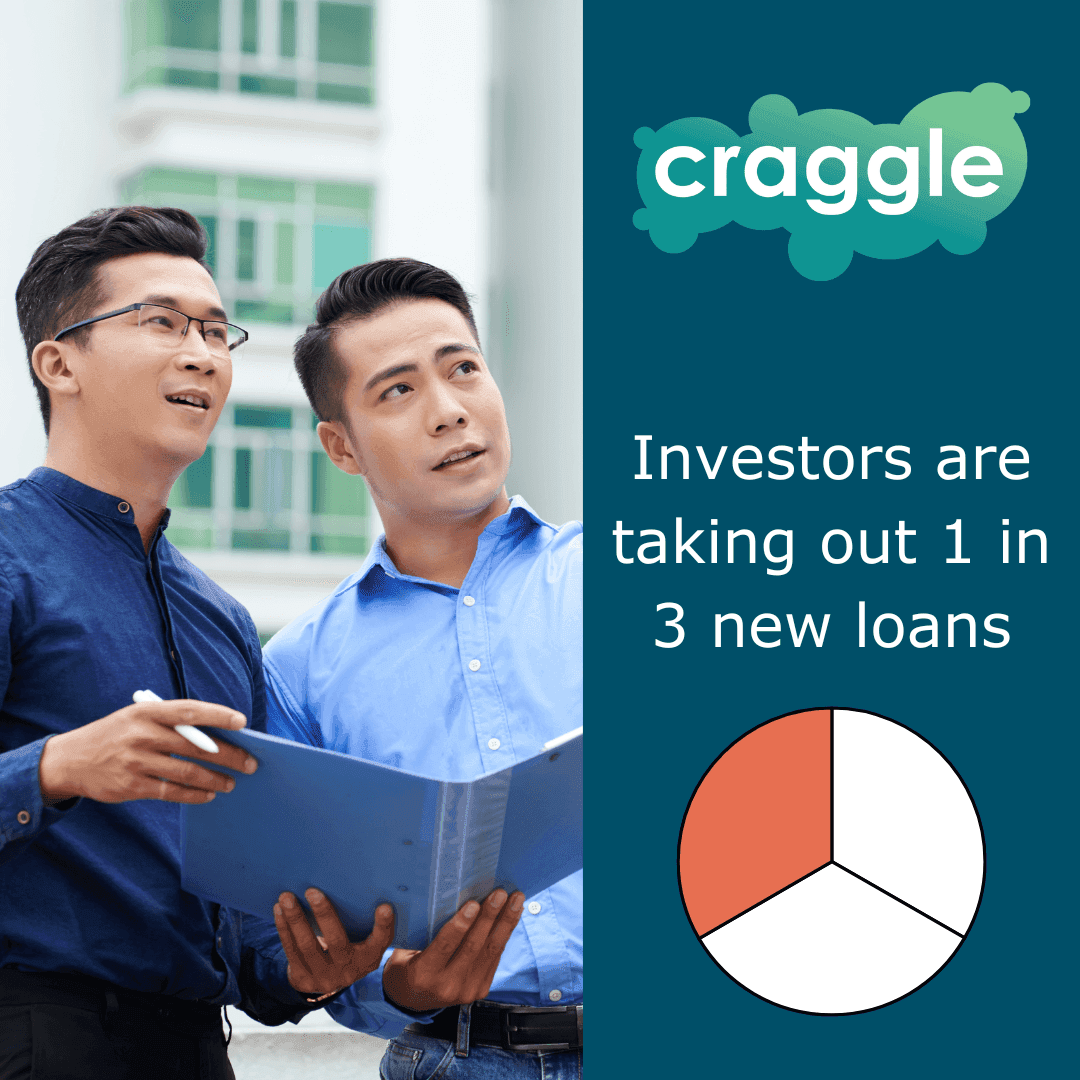Home Of Fair Facts & Tips
Investment Property Australia: Rates & Yields
Investment property Australia explained. See how rates, yields, deposits and LVRs work, plus steps to finance a rental. Learn the trade-offs.

Investor activity is running hot across Australia. Recent lending data shows the investor share of new housing finance is sitting around one-third, with annual growth in investor commitments over the year to March quarter 2025. Vacancy rates remain tight at about 1.2% nationally, which helps support rents. At the same time, competition among lenders has seen targeted cuts to some investment loan rates. This guide explains how the market works, how to finance an investment property, and how to stress-test cash flow in plain English.
Investment Property Australia: Rates & Yields
Key takeaways
- Investor loans make up about one-third of new housing finance in Australia.
- National rental vacancy sits near 1.2%, supporting rents and yields.
- Funding options vary by LVR and deposit size; interest-only may suit some strategies but changes cash flow.
- Always stress-test costs, buffers and rate changes before you buy.
Investor Market Snapshot in Australia
Investor demand has lifted through the year, aided by stable inflation, improving borrowing conditions and tight rental markets. ABS lending indicators for March quarter 2025 show investor loan commitments rising over the year, with the investor share of new commitments sitting around the one-third mark. That share moves each month, but the message is consistent: investors are active.
On the rental side, national vacancy has hovered near 1.2% in mid-2025, reflecting limited supply relative to demand. Low vacancy generally supports rents and can help maintain rental yield Australia outcomes, although conditions vary by city and suburb. Yield leaders can change quickly as new builds complete or migration patterns shift.
Lender competition matters too. Some majors trimmed investment loan rates during 2025, including sharp moves on select investor variable and fixed products. Even small changes make a difference to cash flow. For example, on a $480,000 loan, a 0.10% change shifts yearly interest by roughly $480, or about $40 per month.
Quick example: a $600,000 unit purchase with a 20% deposit ($120,000) leaves a $480,000 loan. At 5.69% interest-only, annual interest is around $27,312 (about $2,276 per month). If gross rent is $620 per week ($32,240 per year), the simple gross yield on price is 5.4%, but net yield depends on costs like rates, insurance and strata.
Market pulse checklist
- Track ABS lending trends and investor share.
- Check vacancy rates Australia by city and suburb.
- Compare investor home loans across lenders, not just your bank.
- Model net yield after costs, not just gross rent.
What this means for Buyers
- Tight vacancy can support rents, but confirm suburb-level data.
- Higher investor activity can lift competition for well-located stock.
- Rate specials come and go; compare investor home loans regularly.
Quick Q&A
Q: Is now a good time to invest in property?
A: Conditions are mixed. Yields benefit from low vacancy, while borrowing costs and price growth also matter. Review both cash flow and risk buffers.
Q: Are investor rates higher than owner-occupier rates?
A: Often yes, but the gap changes. Promotions can narrow it. Always compare product features, not just rate.
Related reading: Investor rates and strategy
- Best Home Loan Rates in Australia
- 6 Signs It's Time to Refinance Your Mortgage
- The Investor's Playbook: Refinancing for Property Investment
How to Finance an Investment Property
Most lenders assess investor home loans using similar building blocks: income, living expenses, existing debts, proposed rent and a serviceability buffer. Loan-to-value ratio (LVR) settings matter. Many lenders price sharply up to 80% LVR; some go higher with lenders mortgage insurance. Minimum deposit for investment property Australia typically starts around 10% plus costs, but product rules differ.
You can choose principal-and-interest or an interest only investment loan. Interest-only lowers repayments for a set period and may be paired with an offset account to manage cash. Principal-and-interest reduces debt sooner, changing long-term equity and interest paid. There is no single “best” setting. The right structure depends on your goals, risk tolerance and time horizon.
Rates vary by lender, LVR and product type. In mid-2025, we saw headline investor variable specials and fixed offers move as competition heated up. Example: on a $700,000 purchase with a 10% deposit, the $630,000 loan at 5.9% P&I is about $3,760 per month (30-year term). The same loan at 6.2% interest-only is about $3,255 per month at the start, but principal does not reduce during the IO period.
Loan features can help. Offsets can reduce interest on funds you park in the account. Redraw gives access to extra repayments. Package fees and annual charges differ across products. Compare investor home loans Australia wide and note how each feature changes long-term cost.
Finance preparation checklist
- Estimate total funds to complete: deposit, stamp duty, legal and inspections.
- Check LVR requirements for investment loans and any LMI impact.
- Decide on P&I vs interest-only, and whether an offset suits your plan.
- Run a rate sensitivity test at +1% and +2%.
What this means for Sellers
- Investor demand can lift competition for well-located, rental-ready homes.
- Clear rent evidence and low-maintenance presentation can appeal to investors.
- Flexible settlement dates may help buyers align finance and tenancy timelines.
Quick Q&A
Q: What is the minimum deposit for an investment property?
A: Some lenders allow from 10% plus costs, but pricing and LMI differ. Many sharp offers sit at 20% deposit to avoid LMI.
Q: Is interest-only cheaper?
A: Monthly repayments can be lower during the IO period, but total interest over time may be higher. Principal does not reduce during IO.
Related reading: Buying and readiness
- Best Home Loan Rates in Australia
- 6 Signs It's Time to Refinance Your Mortgage
- The Investor's Playbook: Refinancing for Property Investment
Researching Yields and Vacancy Rates
Rental yield is the backbone of investor returns. Gross yield is annual rent divided by purchase price. Net yield subtracts costs like management fees, council rates, insurance and strata. Low vacancy usually supports rents, but yields can soften if prices run ahead. Always review data at the suburb level and compare similar dwellings, not just city averages.
Vacancy is a practical pressure gauge. With vacancy near 1.2% nationally in mid-2025, many suburbs remain landlord-friendly. That does not mean every property performs the same. Inner-city apartments, family homes and new-build townhouses have different tenant pools, incentives and maintenance patterns. Look for durable demand drivers such as transport links, jobs clusters, schools and hospitals.
Worked example: Price $600,000, weekly rent $550. Annual rent is $28,600. Gross yield is roughly 4.8%. If outgoings total $6,500 and interest on a $480,000 loan at 5.69% is $27,312, cash flow before tax sits around negative $5,212 in year one. A small change in rent or rate shifts this quickly. A $20 per week rent increase adds $1,040 annually; a 0.25% rate move changes interest by about $1,200 per year on this loan size.
Suburb selection matters as much as price point. Compare rental vacancy rate by suburb 2025 data across multiple sources and check how many comparable listings are on market. Fewer listings can mean faster leasing, but confirm lease terms, incentive use and days on market.
Yield and suburb research checklist
- Calculate gross and net yield, not just headline rent.
- Check vacancy by suburb and dwelling type.
- Scan comparable rentals and days on market.
- Stress-test for 0.5% higher rates and a 2-week vacancy.
What this means for Current borrowers
- Equity release can fund deposits, subject to serviceability and LVR.
- Refinancing to consolidate debts may help simplify cash flow.
- Compare investor home loans Australia wide; small rate gaps compound over time.
Quick Q&A
Q: Which are the top suburbs for rental yield Australia?
A: Leaders change often. Search multiple data sources and confirm that high yields are sustainable, not driven by unusual incentives.
Q: How do fixed terms affect yield?
A: Fixed rates stabilise repayments for a time. If rents rise quickly, fixed repayments can improve cash flow, but you lose some flexibility.
Costs, Tax and Cash Flow Checks
Successful portfolios plan for both expected and surprise costs. Expected items include management fees, landlord insurance, council and water rates, repairs, strata and compliance checks. Surprise items include hot water systems, pest issues or short gaps between tenants. Build a cash buffer that covers several months of repayments and typical holding costs.
Tax settings influence outcomes. Negative gearing Australia rules allow eligible investors to offset certain property losses against other income, subject to the law. Depreciation on fixtures and fittings may also affect tax outcomes. Because circumstances vary, always check the current ATO guidance or speak with a registered tax professional.
Worked example: House price $750,000 with a 20% deposit ($150,000) and a $600,000 loan at 5.8% P&I. Repayments are about $3,500 per month. Rent at $700 per week is $36,400 per year. After $7,500 in running costs and $34,500 in repayments in year one, cash flow may be modestly negative before tax. If rent grows by 3% and rates fall by 0.25%, cash flow can flip quickly. Equal and opposite moves can widen the gap.
Consider the full picture: rate risk, leasing risk and maintenance risk. Decide whether you prefer fixed, variable or a mix. If you hold multiple properties, stagger fixed terms to avoid large cliff events.
Cash flow checklist
- List every ongoing cost and add a repair allowance.
- Model P&I and interest-only paths over 5 years.
- Set a cash buffer for vacancies and rate changes.
- Review insurance cover and excess settings annually.
Quick Q&A
Q: Do I need a depreciation schedule?
A: It can help quantify eligible deductions on fixtures and fittings. Value depends on the property type and fit-out.
Q: Fixed, variable or split?
A: Each path has trade-offs between certainty and flexibility. Many investors use splits to balance risk.
Disclaimer: The opinions expressed in this article are strictly for general informational and entertainment purposes only and should not be taken as financial advice or recommendations.
Written By

The Craggle Team
